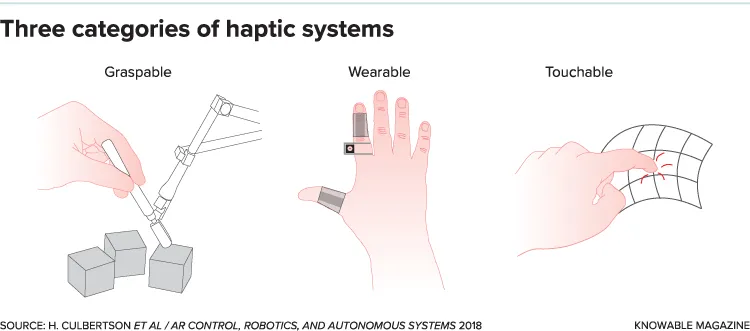Innovation often looks glamorous from a distance, but behind every world-changing invention lies a story of struggle, doubt, and relentless perseverance. The story of James Dyson, the inventor of the Dyson vacuum cleaner, is a powerful example of what it means to believe in your vision even when the world refuses to see it.
The Early Spark of an Inventor
James Dyson was born in 1947 in Cromer, England. From a young age, he displayed curiosity about how things worked. After studying at the Royal College of Art, he initially designed the Ballbarrow, a wheelbarrow with a ball instead of a wheel an invention that hinted at the creative problem-solving approach that would later define his career.
Yet, Dyson’s real breakthrough came from an ordinary household frustration. In the late 1970s, he noticed his traditional vacuum cleaner losing suction. The bag clogged with dust, reducing performance. Most people would replace the bag and move on, but Dyson saw a design flaw waiting to be fixed.
The Birth of an Obsession
Inspired by industrial cyclones used to separate particles from air, Dyson wondered what if a vacuum cleaner could work without a bag? That simple question set him on a five-year journey of tireless experimentation.
He built one prototype after another, testing, adjusting, and starting over. It wasn’t a few dozen or a few hundred attempts. Dyson built 5,126 prototypes before creating one that actually worked.
Each failure wasn’t just a setback; it was a lesson. He often said later, “Each failure taught me something new. That’s how I got closer to success.”
Rejection, Rejection, and More Rejection
Even after developing a working prototype, Dyson faced another mountain convincing someone to believe in it. Manufacturers laughed at the idea of a bagless vacuum. The vacuum bag industry was a billion-dollar market, and no one wanted to destroy their own profits.
For years, Dyson knocked on doors, wrote letters, and pitched his design to companies across Europe, the United States, and Japan. He was rejected over and over again. Some told him his design was impractical, others that it would never sell.
But Dyson didn’t stop. He believed in what he built.
The Breakthrough in Japan
Finally, in 1983, a small Japanese company saw potential in Dyson’s invention. They launched the “G-Force” vacuum cleaner, a sleek, futuristic machine that became a hit in Japan. Dyson used the money from that success to start his own company in Britain Dyson Ltd.
In 1993, after more than fifteen years of work and rejection, he released the DC01, the first Dyson vacuum cleaner. It was a bold design, transparent so users could see the dust spinning inside. It was not just functional; it was beautiful.
The DC01 became the best-selling vacuum cleaner in Britain within 18 months.
Redefining Innovation
Dyson’s success didn’t stop with vacuums. He built an empire around constant reinvention hand dryers, air purifiers, fans, hair dryers, and even electric vehicles. His company became a symbol of British innovation and design thinking.
Today, Dyson Ltd. is a global technology powerhouse with products sold in over 80 countries. James Dyson himself is one of the UK’s richest and most respected inventors, but his true legacy lies not in his wealth, but in his mindset.
Lessons from Dyson’s Journey
- Persistence Outlasts Talent – Dyson wasn’t an overnight success. He spent 15 years refining a single idea. Most would have given up long before the 1,000th failure, let alone the 5,000th.
- Failure is a Teacher – Dyson viewed each failed prototype as a necessary step toward progress. Every “no” from investors was a filter that brought him closer to the right opportunity.
- Challenge the Status Quo – The world didn’t need another vacuum cleaner; it needed a better one. Dyson succeeded because he questioned assumptions everyone else accepted.
- Own Your Vision – When no one believed in his invention, Dyson built his own path. His story reminds us that if others can’t see your vision yet, it doesn’t mean it’s not worth pursuing.
The Legacy of Relentless Curiosity
James Dyson’s story is not just about engineering, it’s about mindset. He turned failure into fuel, rejection into motivation, and persistence into innovation.
His life is proof that sometimes, success hides behind thousands of failures. And the only way to reach it is to keep going even when logic, people, and circumstances tell you to stop.
As Dyson himself once said, “Enjoy failure and learn from it. You can never learn from success.”
In a world that glorifies instant results, his story reminds us that real innovation takes patience, grit, and an unshakable belief that the next attempt might just change everything.





 UI/UX7 years ago
UI/UX7 years ago
 Editor's Picks7 years ago
Editor's Picks7 years ago
 Design9 years ago
Design9 years ago
 Design9 years ago
Design9 years ago
 Editor's Picks8 years ago
Editor's Picks8 years ago
 Editor's Picks3 years ago
Editor's Picks3 years ago
 Editor's Picks3 years ago
Editor's Picks3 years ago
 Editor's Picks3 years ago
Editor's Picks3 years ago















